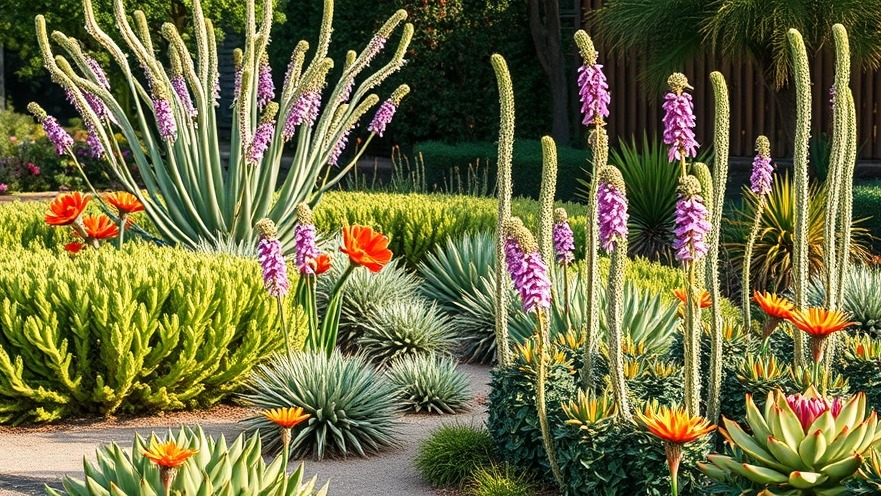
Helping Birds Thrive in a Concrete Jungle
Imagine starting your day with the sweet melody of birds serenading the dawn. The chirps of warblers and the playful calls of sparrows often blend seamlessly with the hum of city life. But while we find solace in their songs, birds navigating through urban landscapes face numerous challenges that we might overlook.
The Urban Landscape: A Challenge for Our Feathered Friends
Modern cities, with their glass skyscrapers and bright lights, present terrifying hurdles for migrating birds. Each spring and fall, billions of birds embark on their migratory journeys across North America. However, the peril posed by human construction is significant: up to a billion birds lose their lives each year due to collisions with buildings. The hurdles are manifold; glass facades may seem transparent, but they often trick birds into thinking they can fly straight through, leading to fatal accidents.
These urban environments are designed without consideration for wildlife. Reflective surfaces and chaotic light pollution disrupt birds’ natural navigation systems, making city migrations hazardous. Rather than peaceful havens, our cities resemble labyrinths that can confuse even the most seasoned migrators.
Glass: An Invisible Threat
Glass structures pose a particularly insidious danger. One day, as I returned to my office, a small bird collided with my window, a startling encounter that ignited a deep concern within me. It struck me: how often do we forget that our design choices turn into life-or-death scenarios for these innocent creatures? You can help by adding simple solutions at home.
Consider using opaque tape, stickers, or patterns on windows to signal danger to birds. It’s easy and can be life-saving. Keeping the barrier visible in attractive designs can also match the aesthetics of your home while aiding our winged friends.
Light Pollution: Steering Birds Off Course
As city lights drown out the stars, they confuse migrating birds that rely on celestial navigation. A city that glows brightly can lead migratory birds astray, disrupting their journey across vast distances. During migratory seasons—March to May and August to October—our actions can make a real impact.
Take simple steps to minimize light pollution, such as angling outdoor lights downward and selecting warm-colored bulbs. Embrace motion sensors to ensure lighting activates only when necessary, allowing birds an unimpeded view of the skies. Additionally, drawing curtains at night can maintain a darkened path for those navigating the urban sky.
The Impact of Sustainable Home Design
For boutique hospitality professionals and eco-minded entrepreneurs, making your lodging eco-friendly can significantly benefit the environment—and your business! By integrating sustainable home design practices, you can provide guests with a unique experience that prioritizes their comfort while nurturing local wildlife. This effort not only reduces your ecological footprint but also enhances the overall quality of your property.
Simple Eco-Friendly Gardening Tips
Creating green spaces that attract birds can also rejuvenate urban areas. Planting native flora provides essential sustenance for local wildlife, considering that many birds rely on plants for food and shelter. Furthermore, gardens designed with biodiversity in mind can foster a healthier ecosystem.
Beyond Home Design: Embracing Zero-Waste Practices
Incorporating zero-waste practices into your hospitality business is a substantial move towards sustainability. This could mean anything from composting food scraps to using toxin-free home products that are safe for birds and other wildlife. Such principles not only help preserve biodiversity but also resonate strongly with the growing consumer event in ecotourism.
Final Thoughts: Everyone Can Help
By making small yet significant changes at home, we can protect our feathered friends and enhance our urban ecosystems. For boutique lodging owners and eco-conscious hosts, taking these steps strengthens your community's ties to wildlife, creating nurturing environments that are beneficial for both guests and the planet. Let’s work together to make our cities safer for birds, keeping in mind that the beauty of nature and thoughtful design can harmoniously coexist.
Take action today: evaluate your home or property with these eco-friendly tips in mind. Together, we can ensure that the tunes of our avian friends continue to fill the air.
 Add Row
Add Row  Add
Add 




Write A Comment